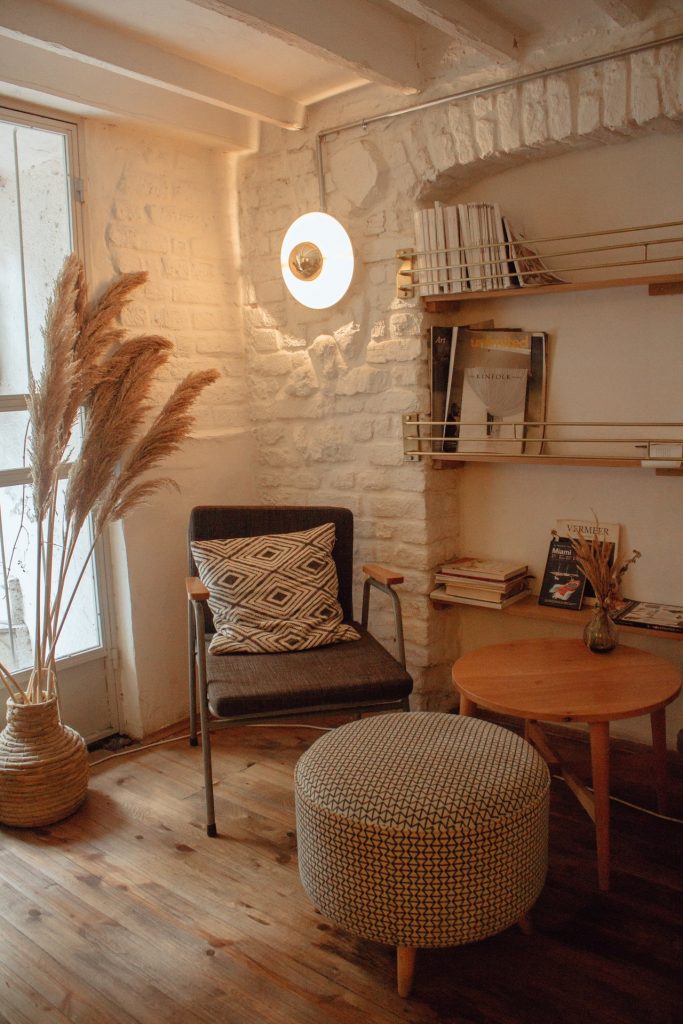Sustainability is a movement that’s generating momentum. More people are becoming increasingly aware of reducing their carbon footprint and going green. In fact, 66% of the global community, and 73% of millennial’s surveyed are willing to spend more for sustainable goods.
But what does sustainability mean? Essentially, sustainability is centered around living our lives in a way that ensures a future for many generations to come. How do we do that, though?
Ultimately, there’s only so much that’s within your control, so most people turn their sustainability efforts towards their home, and home design. There are many ways to “go green” in your own home. Some people get solar panels, incorporate sophisticated technology and construction techniques, and some go all the way with net-zero homes.
Other people, though, take small actionable steps towards achieving an eco-friendly home and reducing their carbon footprint. Here are three tips for designing an eco-friendly home.

#1. Used Reclaimed or Recycled Materials
Remember the 3Rs of waste? “Reduce, Reuse, Recycle?” The 3Rs are often the first intro to sustainability that most people have. To move your home towards an eco-friendly model, you’ll want to do all three. Reduce the amount of waste you’re producing. Reuse waste that you can so that you don’t have to throw it away. Finally, recycle the things you can’t reuse.
These principles for waste reduction also apply to eco-friendly interior design. Rather than purchasing new materials or products that are made from harmful chemicals or plastics, opt for materials like reclaimed wood.
Reclaimed wood has made a massive splash in the design world. Designers are using it for structural design elements like walls, exposed ceiling beams, and cabinets. It’s also being used for furniture like desks, headboards, or like these tabletops.
Reclaimed wood isn’t the only decorating option, though. Things like recycled cork, old newspapers, and recycled glass are all popular materials, too. Be creative and use recycled materials when possible.
#2. Emphasise Energy-Efficiency
Use energy-efficient appliances and light fixtures wherever possible. Doing so will decrease your energy bills and help lower your drain on the earth’s energy sources. Make sure your windows have the energy star rating on them and design your home in a way that allows you to capitalize on natural light, heating, and cooling.
For instance, if you have large windows that allow natural sunlight to come in, make them a highlight moment of your interior design. You’ll be allowing tons of natural light inside, thereby decreasing your energy consumption. On the same token, if your windows are operable and they enable a pleasant breeze to come through the home, be sure to design with curtains that won’t inhibit the flow of natural air.
#3 House Plants
There’s no greater natural air purifier than plants. Incorporate houseplants throughout your home for cleaner air, and an easy design element. Who says plants can’t be statement pieces? There are hanging plants, flowers, trees, and more, and they all filter out toxins from the air. They also emit oxygen, welcome humidity to dry spaces, and, ultimately, improve the air quality of your home.
Incorporating plants into your design is an eco-friendly solution that literally shows your appreciation for the earth. You’ll want to take note of each plants’ requirements. Some might require direct sunlight and a lot of care, while others are low maintenance and can thrive in any environment.
Be sure to choose houseplants that you can realistically maintain, and ones that fit within whatever design aesthetic you already have going in your home.
Eco-Friendly Design is Easy
Deciding to live your life more sustainably is a big decision that requires a lot of life changes. However, there are lots of little steps you can take along the way to reduce your carbon footprint. These three tips are simple ways to get you started on creating an eco-friendly home.
If you follow these tips and continue to make small changes every day, you’ll be well on your way towards creating a more sustainable future.
